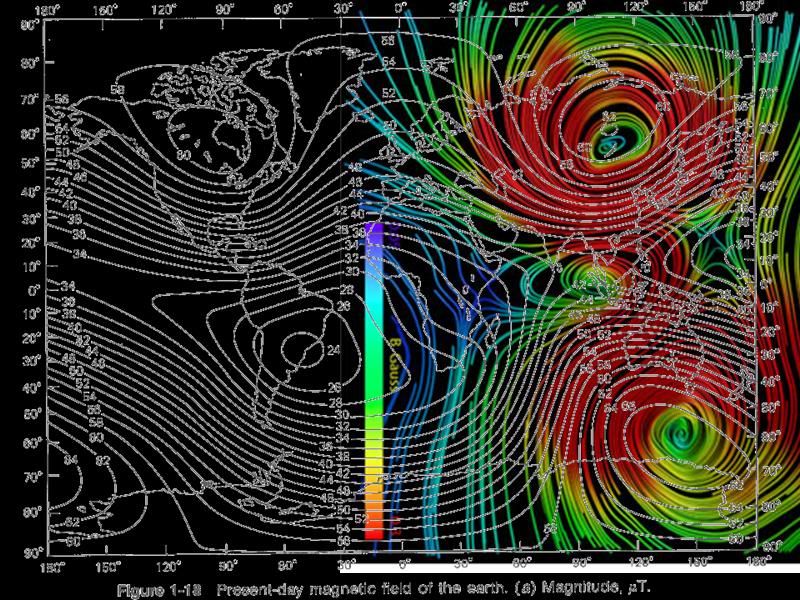What are your first impressions of this experiment; (video)
Apply the above to plasma flowing outward along the vector field of a weakening magnetic field.Dynamic Self Organisation of Ferrofluid
In this experiment Ferrofluid shows a continuos cycle of diffusion and concentration. Some thinner is added to a drop of ferrofluid which is on a dish over a permanent magnet. When spreading out, the thinner takes a low concentration of ferrofluid with it, too low to be bound to the magnet.
The flow is limited by the wetting border of the spot. Increased evaporation increases the flow towards the border. At the end of its way, the concentration of the fluid is increased by evaporation, in a circle around the centre.
What related term does NASA use for this; FTE (flux transfer event)?
Magnetic Portals Connect Earth to the Sun -Now lets look at this in two new ways…
NASA Science6 Apr 2011 ...
"It's called a flux transfer event or 'FTE,'" says space physicist David Sibeck of the Goddard Space Flight Center. ...
http://science1.nasa.gov/science-news/science-at-nasa/2008/30oct_ftes/
Keep in mind plasma flowing outward along a weakening magnetic vector field with distance from the magnetic source…
On the sun side of planet earth do you have what NASA terms Flux Transfer Events as plasma reconnects with the sun completing an earth/sun circuit as depicted above, and on the opposite side of the planet a plasmoid is being formed in the magnetotail and reconnecting with the earth injecting plasma.
This process would be ongoing but exaggerated during a peak in solar wind.
This also explains what NASA refers to as foamy cells of plasma on the leading edge of the heliosphere as data from Voyager 1 and 2 indicate. They are not bubbles, but folding filaments with a larger plasma payload at the tip. This points to the plasma/electrical nature of the sun and external forces influencing solar cycles (as well as internal varaiations). An open loop system.
Using this approach there is no big surprise….
NASA - A Big Surprise from the Edge of the Solar SystemYou would have the same filamentary plasma reconnections between galaxies…
http://www.nasa.gov/mission_pages/voyager/heliosphere-surprise.html
9 Jun 2011 ... NASA's Voyager probes are truly going where no one has gone before and are ... Voyager 1 entered the "foam-zone" around 2007, and Voyager 2 ...
…” Mission scientists say the probes have just sent back some very big news indeed.
It's bubbly out there.
According to computer models, the bubbles are large, about 100 million miles wide, so it would take the speedy probes weeks to cross just one of them. Voyager 1 entered the "foam-zone" around 2007, and Voyager 2 followed about a year later. At first researchers didn't understand what the Voyagers were sensing--but now they have a good idea.
On the facing side of the secondary galaxy you have what NASA terms Flux Transfer Events as plasma reconnects with the larger primary galaxy completing an galaxy/galaxy circuit as depicted above, Just as the Sun/Earth complete a circuit.
Again, using this approach there is no big surprise….
NASA - A Big Surprise from the Edge of the Solar System
9 Jun 2011 ... NASA's Voyager probes are truly going where no one has gone before and are ... Voyager 1 entered the "foam-zone" around 2007, and Voyager 2 ...
…” Mission scientists say the probes have just sent back some very big news indeed.
According to computer models, the bubbles are large, about 100 million miles wide, so it would take the speedy probes weeks to cross just one of them. Voyager 1 entered the "foam-zone" around 2007, and Voyager 2 followed about a year later. At first researchers didn't understand what the Voyagers were sensing--but now they have a good idea.All interconnected…
This makes the universe into a filamentary plasma sponge.
Or to go biological a cologen matrix.







